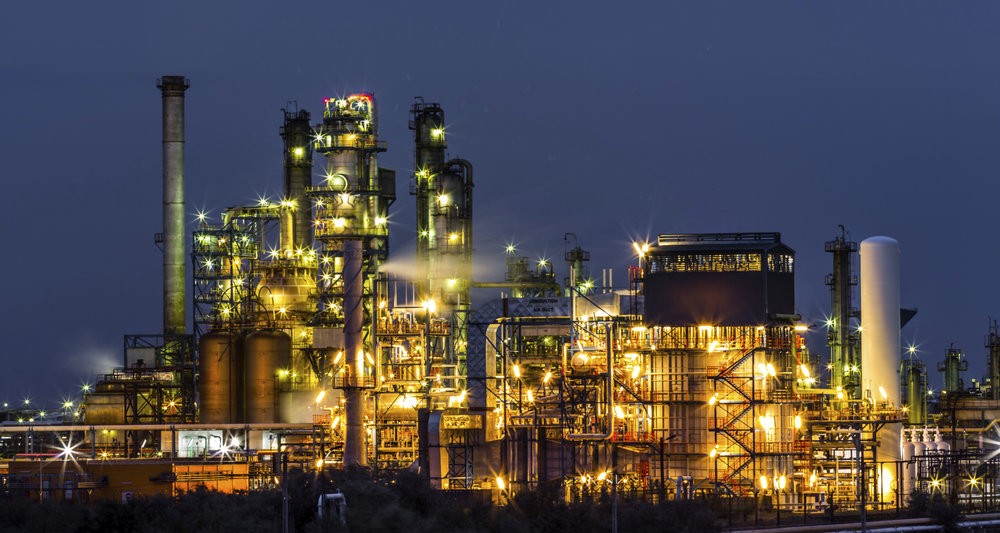Industry Practice for Fire and Gas Detection Systems
Fire and gas detection systems play a huge role in maintaining safety levels in the oil & gas industry. The objective of installing a fire or gas detection system is to give reliable warning of a developing hazard in sufficient time to prevent that hazard occurring. Fire and gas detection systems are installed to continuously monitor plant activity and in case of hazardous conditions initiate appropriate actions. These systems give the earliest warning of hazardous situations and are required to work from the detection of hazardous gases up to a proper plant shutdown.
Based on the HSE guide, the industry standard provided is based on the general guidance provided in the UKOOA guidelines (UKOOA, 1995) that is then translated into more specific rules and guidance in company codes of practice (e.g. Shell, 1995 and BP, 1997). ISO 13702 contains high level advice on detection systems.
A JIP of large scale experimental study of gas build-up from high pressure releases in naturally ventilated offshore modules was completed in 2000. This JIP study did not address detection directly, however the data is being used for evaluation of the effectiveness and optimisation of gas detection networks.
The principal factors explored in the tests were release rate, direction and location, module wall configurations, and wind speed and direction (both external and internal). The main findings were:
- The use of a grid based on 5 m spacing for point detectors was successful in detecting releases where clouds formed within the module;
- When only small clouds formed, or cloud growth was slow, detection times increased and in some cases the releases were not detected at all;
- Halving the spacing between detectors slightly reduced detection times but at the expense of a large increase in the number of detectors required. Doubling the detector spacing caused a large increase in detection times;
- The IR point detectors performed better than the catalytic detectors, both in the number of releases detected and in the detection time;
- The IR beam detectors showed good performance in the initial configuration and when comparing their performance to rows of IR point detectors; and
- Well-placed detectors can improve the performance of a detection system and this emphasises the need for knowledge of dispersion, the processes being undertaken in a module, and the equipment layout when deciding detector placement.
Strategy development issues
Further, more specific guidance is needed on the most effective location of detectors in a system. This guidance should be based on experimental studies (e.g. JIP) of:
- Methane releases;
- Higher fraction, e.g. propane, releases; and
- Condensates (C5-C8 hydrocarbon) releases.
The response of sensors calibrated to one type of hydrocarbon when exposed to longer or shorter chain hydrocarbons specific to the well fluids should be investigated with the aim of improving overall detection performance.
In assessment and inspection, the duty holder should be made aware of real time ventilation data as a key element in installing an effective gas (and smoke) detector system. The integral use of acoustic leak detectors and IR systems needs to be studied and guidance developed from the findings.
To read the full article: HSE Fire and Gas Detection
Gas Explosion Hazards, Fire Detection and Protection Systems Design for Oil & Gas is a 3-day training course held from 19 – 21 November 2018 (Singapore) designed to provide an insight into the major drivers into fire and explosion hazard risk, and the various methods of preventing and mitigating such risk. The course will discuss quantitative consequence analysis, such as vapor dispersion modeling, vapor cloud explosion modeling, fire modeling, and presents the details necessary to perform such analyses. In addition, it will focus on the fire and gas detection systems for offshore and onshore process areas, and how such systems can be used to lower the overall explosion risk to facilities. For more information, please visit us at http://www.opuskinetic.com/training or contact us at info@opuskinetic.com.
Interested to read other articles? Check out: Industrial Fire and Explosion Hazards
Opus Kinetic believes that people are why organisations are successful, and giving people the knowledge to perform well at their job is integral for success. We pride ourselves as the premier provider of knowledge, offering acclaimed in-house trainings, and many others professional training courses spanning from various industries. Our training courses are well researched and updated with the latest industry trends. For more information on our professional training programs, visit us at http://www.opuskinetic.com/training.

